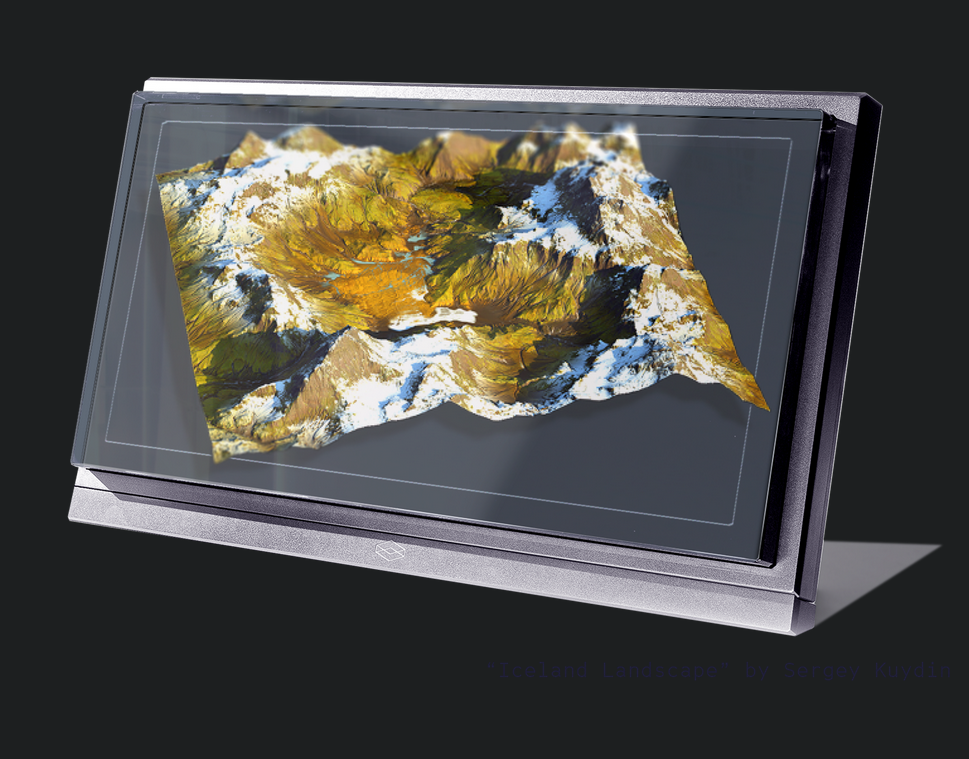
Looking Glass Factory presents the world's first 8K holographic display
by Bogdan SolcaThrough the use of a special 45-element light field relying on horizontal parallax principles, the new 8K holographic screen can display 3D images without the use of separate 3D glasses. For now, the screen comes only in a 32-inch size and is designed for medical imagery, advanced topography and experimental marketing.
3D TVs did not really catch on in the early 2010s and, by 2015, the market was already focusing on virtual reality headsets or augmented reality glasses. Even these two promising technologies are experiencing a bit of a lull as of late, and it looks like the market is now ready to explore holographic solutions. The science behind holography has been around for some decades now, but the means to implement it in elegant designs have constantly eluded us. Looking Glass Factory thinks it finally managed to crack the puzzle and is now offering a holographic display that can display 3D images without the aid of glasses or headsets, plus it is 8K-compliant so it offers some future-proofing.
The innovative Looking Glass holographic display uses a proprietary 45-element light field that can generate 45 distinct and simultaneous perspectives for any type of 3D imagery. Thus, users can see different perspectives depending on the angle they are looking at the holographic screen. As far as specs go, the experimental 8K display has a 32-inch diagonal and has a refresh rate of 60 Hz. It is a bit thicker than your average LED LCD (4-inch depth) since it integrates that special 45-element horizontal parallax screen and this also reflects in its 63 lbs weight (includes base plate). Port selection includes 2x DisplayPort inputs, a USB-B input and an audio line out.
The exact price of this holographic display is not listed on the official site, but we can presume that it is at least twice as expensive as the 15.6-inch dev kit that goes for US$6,000. We might have to wait a bit more for a consumer version, as the 32-inch display is currently designed for medical visualization, advanced topography and experimental marketing only.